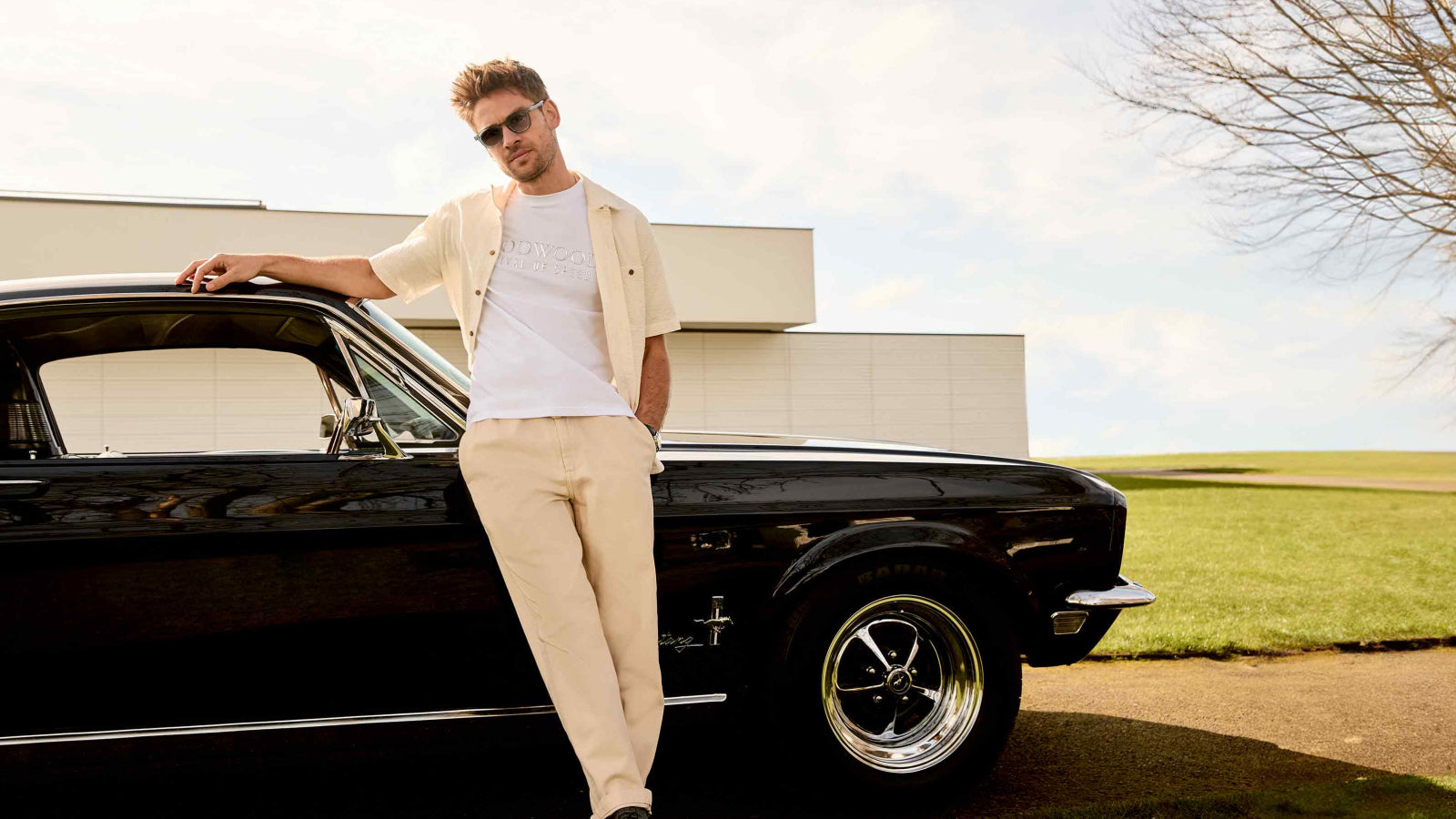In MotoGP, winning is good, but not by too much
What’s the point of motorcycle grand prix racing? The answer, as to all existential questions, is multi-faceted. Depends whose asking.

For rights-holders Dorna, and their putative, yet-to-be-confirmed buyers Liberty Media, it is a combination of growth, sustainability, and profit. For factories making the hardware, mainly image-building with a smattering of corporate sentiment and a distant hint of engineering R&D. For riders, a need to satisfy extraordinary obsessive drive. For engineers and mechanics, also obsession, as well as foreign travel and a colourful CV, though only in some cases a healthy wage.
And the fans? Pretty simple. The expectation of a tense sporting contest, mixed with the thrill of vicarious risk-taking. In a word, excitement.
The recent Austrian and Aragon GPs had plenty of risk. In Austria, rising star Pedro Acosta had a hugely lucky escape after falling at an unexpected place at 300 km/h, skimming an unprotected barrier as he slid along the grass. In Spain a fortnight later, a collision between defending champion Pecco Bagnaia and the younger Márquez brother Álex saw the latter’s bike land heavily on top of the hapless Bagnaia, all sliding at speed into the gravel in a tangle of arms, legs and motorbikes. He, too, remarkably escaped unscathed.
So, plenty of vicarious peril. But excitement? Not so much. Both venues, especially Austria, have seen split-second last-corner finishes. This year, both races were processional. In truth, this is more often the case than otherwise. In the smaller classes – Moto3 and Moto2, very similar, and in the latter case often identical machines usually lead to close racing.
Why is it different in MotoGP, where technical conformity is there by regulation? What can be done about it? And does it matter?

In history, spells of domination by one rider are more common than not. Back in his glory days, 15-times champion Giacomo Agostini would sometimes win by more than a lap. He maintained his own interest, he told me, by aiming to beat his previous year’s records. More recently, Mick Doohan dominated for five years. (His own comment, asked whether he thought it was a bit dull for the fans, was a biting: “What do you want me to do? Slow down?”).
Then came Rossi, a showman as well as a great rider, who actually would slow down to add some artificial tension to the inevitable final result. Penalised once in Australia for a yellow flag infringement, he switched to flat-out mode and not only regained the 10 penalty seconds, but add another five, giving the lie to any number of previous ‘close battles’. And after that, Marc Márquez, who did find some strong opposition, but made light of it every year bar one between 2013 and 2019.
The current malaise, however, is more technical than personal. A phenomenon previously observed in F1. When the machines get too good, the racing suffers.
The biggest reason, on two and four wheels, is aerodynamic: dirty air. An added complication in MotoGP comes from a rather hard-to-understand inability or unwillingness of control tyre suppliers Michelin to make a front tyre able to cope with the added stress of downforce. The harder braking in particular causes deformation sending temperature and thus also pressure, soaring. Particularly so when close behind another bike, losing the cooling draught. Grip vanishes.

This encourages riders to start races with the pressure lower than Michelin regard as safe, which in turn triggered punitive regulations – a rider below 1.8 bar for 60 per cent of a race suffers a ruinous post-race 16-second penalty.
The wings, driven by constant innovation led mainly by Ducati, first sprouted in 2015, and their configuration has become exponentially more complex in defiance of regulations aimed at reining in the proliferation. They now sprout from the nose, flanks and bellies of the fairings, the seat-backs, the unsprung front suspension components and even the rear swing-arms. The latest version of the last, curvy bat-wings with jagged trailing edges seen on a KTM prototype in Austria, actually looked more like a joke than anything. Wacky Racers.
Then the other Ducati-driven development: adjustable ride height. This lowering of the centre of gravity was at first used only off the start line, but by now is a form of active suspension used mid-race, mainly on corner exit. Earlier this season, new rules were announced to take effect in 2027: reduced fairing size and limited aerodynamics, and a complete ban on ride-height adjustment, along with smaller 850cc engines and other detailed restrictions. Meanwhile, ride-height adjustment will from next year be allowed only off the start line.
The effect of smaller engines remains to be seen (it was a disaster last time, 800cc from 2007 to 2011), but the other changes should help to make overtaking easier. And help Michelin to cope with the rubber needs. But the question remains: will the racing get any closer…?
Images courtesy of Motorsport Images.
race
modern
MotoGP
opinion






